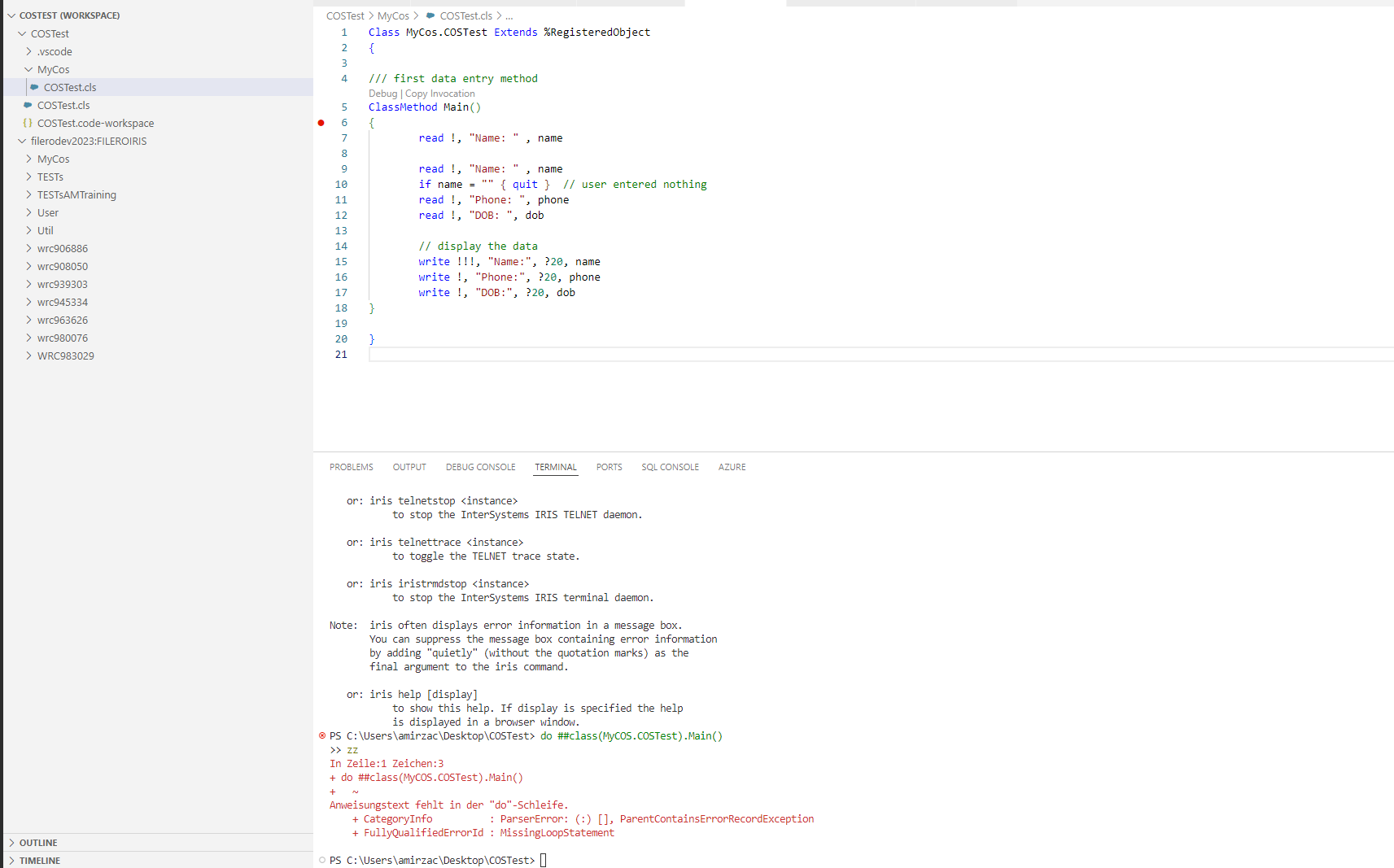Hi,
I recently moved to a Mac M2. I was already using VSCode on my intel-based Mac, and used the plug "objectscriptQuality for VSCode". It installs nicely, but it does not seem to do anything, not even an error. I installed the same java version (but ARM based) as on my old machine so that prerequisite is met. Also set the path to java in VSCode.
Any clues/has anyone got this working on a Mac based on Apple silicon M1/M2 chips?
Thanks.



